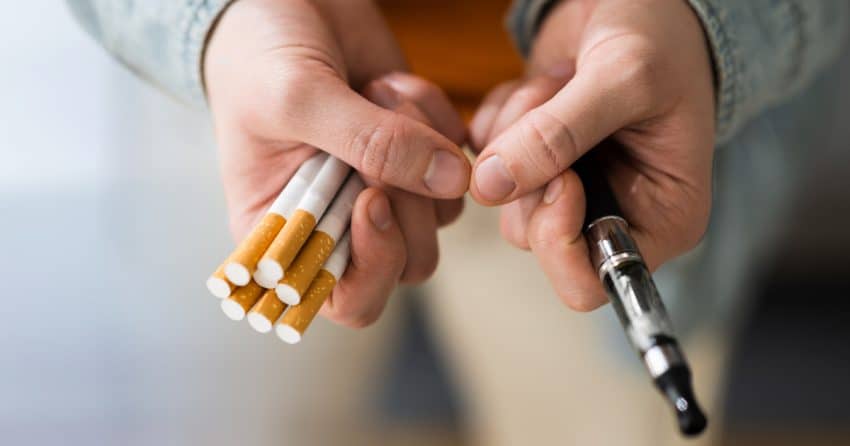Guam has the highest incidence of lung cancer per capita in the world and among the U.S. Asian Pacific islands, or USAPI.
Why, is a question health providers who are part of the Pacific Island Partnership for Cancer Health Equity, or PIPCHE, sought to understand Sunday during the 2023 cancer symposium.
The symposium, themed “Breath of Life: Preventing Lung Cancer in the Pacific,” brought together health providers from the region on virtual and in-person platforms in Hawaii to examine data on lung cancer and the contributing factors in the Pacific region.
“Guam accounting for the largest number of lung cancer patients, reflecting its larger population. However, even when we compare it by incidence rates, which account for population-sized differences, Guam’s incidence of lung cancer exceeds that of all USAPI jurisdictions as well as notably worldwide incidence rates,” said Brenda Hernandez, director of the Hawaii Tumor Registry at the University of Hawaii Cancer Center and a principal investigator for PIPCHE.
The high number of lung cancer cases on Guam is attributed to the high rates of smoking on the island.
“It could be too that people don’t go in for the screening. Our health insurance system here is, if you’re a (government of Guam) employee you have to pay a deductible just to get that type of screening at times. So those are impediments,” said Rachel Leon Guerrero, University of Guam provost of research and sponsored programmes and principal investigator for PIPCHE.
But Guam isn’t the only Pacific island with high rates of lung cancer. Yap and Palau also exceed that of other USAPI areas, said Hernandez.
Five-year survival rates across the USAPI are also very poor, she reported.
“You can see in terms of comparisons by jurisdiction, survival rates are highest in Guam and (the Commonwealth of the Northern Mariana Islands), and lung cancer survival is poorest in Yap,” Hernandez said.
Data from the Pacific Regional Central Cancer Registry shows that, overall in the USAPI, only about 13 percent of all lung cancer patients are diagnosed with localised early disease while 44 percent are diagnosed at advanced stages.
“We note here that the actual proportion of lung cancer patients – 43 percent overall – have unstaged disease and this compares to approximately 8 percent or so of Hawaii lung cancer patients who have unstaged disease,” Hernandez said.
She said, in general, when looking at unstaged disease it reflects factors that “impede diagnostic work-ups such as older age, comorbid conditions or just resources – including access to care and insurance coverage.”
In Palau, she said unstaged disease accounts for 36 percent, while in Chuuk it accounts for 80 percent.
According to Hernandez, the average age of a patient diagnosed with lung cancer in the USAPI is 65.
“This does vary by location, with a low ranging from age 60 in Chuuk and American Samoa and age 66 in Guam,” Hernandez said.
In Hawaii, the mean age of diagnosis is 70. Hernandez said this has to do in part with the variation in age of initial exposure to smoking.
On Guam, Francis Dalisay, who studied adolescent tobacco and e-cigarette use, shared that data collected in the 2019 Guam State Epidemiological Profile and Youth Behavior Risk Survey indicated that many smokers picked up the habit at around 11 years old.
“With respect to lifetime use of cigarettes, we are looking at about 40 percent (of) Guam high school students and about 25 percent of middle school students report having ever tried a cigarette. Regarding (the) current use of cigarettes, about 12 percent of Guam high school students and about 9 percent of middle-schoolers were identified as current users,” Dalisay said.
Compared to U.S. youth, Guam’s rates of adolescent smokers are higher.
When it comes to e-cigarettes, use among Guam youth is higher than tobacco use. “What we found is (the) lifetime use of e-cigarettes (is) about 69 percent of Guam high school students (who) have used a vape product in their lifetime and about half of middle school students reported using (an) e-cigarette product in their lifetime,” said Dalisay.
